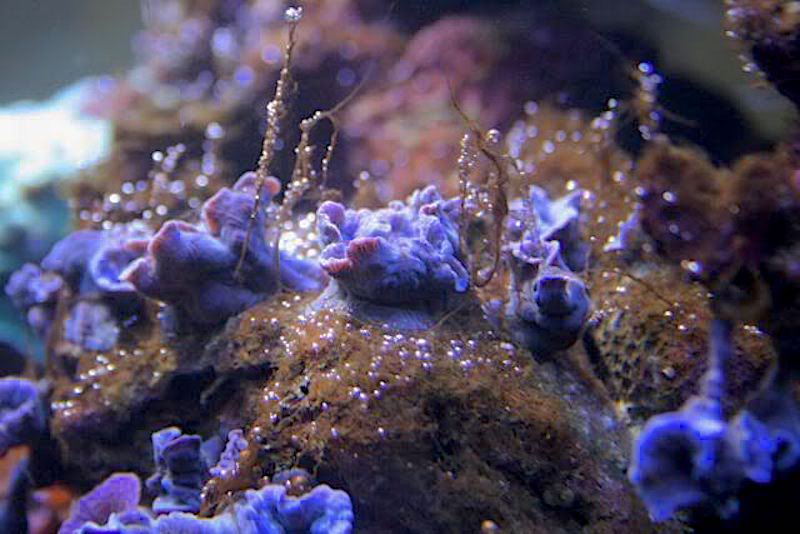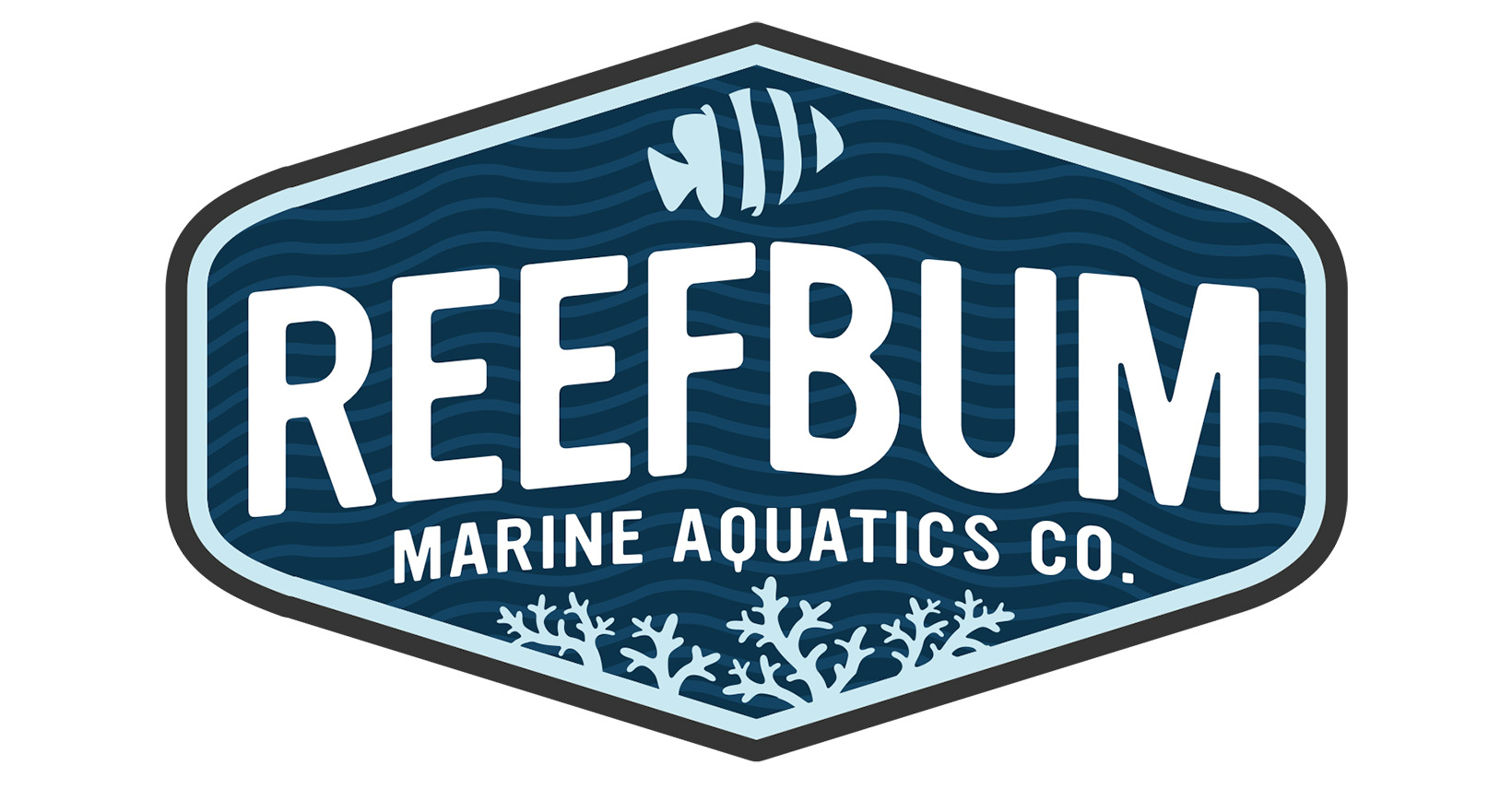You are using an out of date browser. It may not display this or other websites correctly.
You should upgrade or use an alternative browser.
You should upgrade or use an alternative browser.
Dino or not-social experiment
- Thread starter ofzakaria
- Start date
NanoCrazed
Guest
@ofzakaria wanna borrow my digital microscope?
I have one boss.@ofzakaria wanna borrow my digital microscope?
Better hope not, I battled that twice on 2 different tanks long ago... I had to do the whole 7 days of darkness and hardly feeding that beat it. I've used peroxide before too.


 reefbum.com
reefbum.com

Is This the Dinoflagellate Treatment We’ve all been Hoping for? | Reef Builders | The Reef and Saltwater Aquarium Blog
Being a reef aquarists, means dealing with nuisance algae, parasites, and other pests… Cyanobacteria, AEFW, Red Bugs, and who here remembers that pink cotton candy algae (Callithamnion)?
reefbuilders.com

How I Beat Dinoflagellates - ReefBum
Despite my best efforts to avoid an ugly phase with my new peninsula tank, dinos popped up at the seventh month mark. Time to nuke the dreaded brown snot.
But before I start treating, do you think its dino?Better hope not, I battled that twice on 2 different tanks long ago... I had to do the whole 7 days of darkness and hardly feeding that beat it. I've used peroxide before too.

Is This the Dinoflagellate Treatment We’ve all been Hoping for? | Reef Builders | The Reef and Saltwater Aquarium Blog
Being a reef aquarists, means dealing with nuisance algae, parasites, and other pests… Cyanobacteria, AEFW, Red Bugs, and who here remembers that pink cotton candy algae (Callithamnion)?reefbuilders.com
How I Beat Dinoflagellates - ReefBum
Despite my best efforts to avoid an ugly phase with my new peninsula tank, dinos popped up at the seventh month mark. Time to nuke the dreaded brown snot.reefbum.com
But before I start treating, do you think its dino?
Best guess, yes, but if you have a digital microscope why don't you do a quick visual confirmation?
Curious why you think its yes?Best guess, yes, but if you have a digital microscope why don't you do a quick visual confirmation?
Snotty, air bubbles, lack of algae underneath (so less likely to be calothrix), very similar to the gunk I saw in my tank when I had dinos.
But mainly asking because, at the macro level, a lot of stuff looks very similar and a definitive diagnosis usually requires a microscope. So just curious why you wouldn't jump straight to the confirmation. (But I'm a lab junkie so my default reaction is, "FETCH ME MY SCOPE!")
But mainly asking because, at the macro level, a lot of stuff looks very similar and a definitive diagnosis usually requires a microscope. So just curious why you wouldn't jump straight to the confirmation. (But I'm a lab junkie so my default reaction is, "FETCH ME MY SCOPE!")
Interesting. So you think its dino...That’s what mine looked like. My attack was UV, blackout, pods, phyto, increased feeding, dosing nitrates, lots of turkey basting to get it in the water column for the UV to kill.
Not sure which thing provided the most help. but that looks exactly like what I got
My attack was UV, blackout, pods, phyto, increased feeding, dosing nitrates, lots of turkey basting to get it in the water column for the UV to kill.
The point of doing blackout, not doing water changes, elevated pH during that 7 days of blackout as well as only feeding enough were all the fish/inverts are able to eat all the food and not leave waste was to ensure there were no excess nutrients for the SNOT to feed off on, grow more, come back. The point is to starve the tank so the dino's die out and turn to dust, then you can vacuum them out, WC after. I'm confused with the increased feeding, dosing nitrates...counterproductive if you trying to starve out Dino's.
Get a scope. I'd guess it might be ostreopsis. If so, hook up an appropriately sized UV unit and stir everything up so it passes through UV. Problem will be gone in 3-5 days.
See what my ostreopsis looked like here:
See what my ostreopsis looked like here:
BAR Bio-Transplants?
Thanks for the tip on Phycoex! I found this with some additional suggestions RE UV and additional options: https://www.reef2reef.com/threads/dinoflagellates-–-are-you-tired-of-battling-altogether.293318/page-272@squist, btw did you observe snails die offs? Dino reportedly come with snails die...
www.bareefers.org
My nitrates were 0 and I suspected that was what brought on the dinos I had. But I really don’t know I’m still learning and never had dinos in my other tanks. It worked though and no more reef snot. I was under the impression the main thing they use is photosynthesis which is why the blackout is recommended to starve them, but it would make sense for them to use other sources too so feeding probably didn’t helpThe point of doing blackout, not doing water changes, elevated pH during that 7 days of blackout as well as only feeding enough were all the fish/inverts are able to eat all the food and not leave waste was to ensure there were no excess nutrients for the SNOT to feed off on, grow more, come back. The point is to starve the tank so the dino's die out and turn to dust, then you can vacuum them out, WC after. I'm confused with the increased feeding, dosing nitrates...counterproductive if you trying to starve out Dino's.
I'd guess it might be ostreopsis
For OFZ's case I really hope it is as Dino's / Reef snot is a real PITA to deal with.
My nitrates were 0 and I suspected that was what brought on the dinos I had. But I really don’t know I’m still learning and never had dinos in my other tanks. It worked though and no more reef snot. I was under the impression the main thing they use is photosynthesis which is why the blackout is recommended to starve them, but it would make sense for them to use other sources too so feeding probably didn’t help
I'd argue that feeding may depend entirely on nutrient levels within the tank. One of the common threads I've seen in dino infestations are zeroed-out phosphates. Granted this isn't universal, but it seems common enough (based on reading most of the dino threads/my own experiences) that I'd consider no phosphates a risk factor for dinos.
My pet hypothesis of the 'why': everything requires nutrients, including phosphate. Everything is constantly competing against each other. However, dinos may be more successful at outcompeting bacteria/etc. under limiting nutrient conditions. Shutting off the lights helps knock them back because they're primarily photosynthetic, but bacteria aren't, so - by doing lights out plus feeding the tank - you're helping bacteria/other bugs outcompete dinos.
This can be the root of most problems. We’re trying to make little slices of ocean but with nothing ugly. Real reefs have algae, but we work to care for only what looks good and when that balance isn’t reach problems pop up. Lou from Tropic Marine uses that to explain how difficult the balance iseverything requires nutrients


